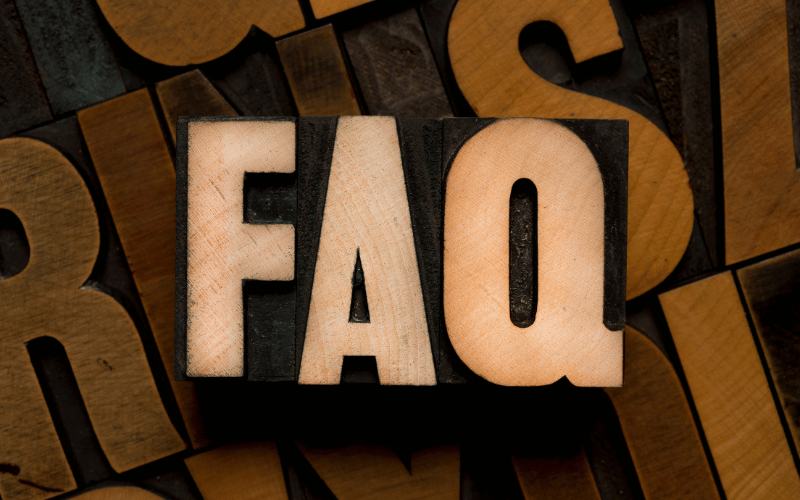FAQ: Frequently Asked Questions About Nutrition for Hemochromatosis (Haemochromatosis, Iron Overload)

1: Can I consume dairy products if I have hemochromatosis?
Dairy products, especially those high in calcium like milk and cheese, can be included in a diet for hemochromatosis. Calcium competes with iron for absorption in the gut, which can help reduce iron uptake. However, it’s important to balance intake and choose low-fat options to maintain overall health.
2: Are there any fruits I should avoid or limit due to high iron content?
Most fruits do not contain significant amounts of iron and are generally safe to consume if you have hemochromatosis. However, it’s best to limit or avoid dried fruits and concentrated fruit juices, as these can have higher iron content due to their concentrated nature.
3: Is it safe to take multivitamins if I have hemochromatosis?
If you have hemochromatosis, you should avoid multivitamins that contain iron. There are iron-free vitamin options available that you can discuss with your healthcare provider to ensure they meet your nutritional needs without exacerbating iron overload.
4: Can cooking methods affect the iron content in food?
Cooking methods per se do not significantly alter the iron content in food. However, cooking with iron cookware can increase the iron content of the food, especially when cooking acidic foods like tomatoes. It’s advised to use non-iron cookware if you’re concerned about iron intake.
5: How does alcohol consumption affect hemochromatosis?
Alcohol consumption can increase iron absorption and can also cause liver damage, which can be particularly harmful in individuals with hemochromatosis. It’s usually recommended to limit or avoid alcohol to reduce these risks.
Conclusion: Managing Hemochromatosis with Informed Food Choices
Living with hemochromatosis necessitates a nuanced approach to dietary choices, ensuring that the body’s iron levels are maintained without excess. The foods discussed provide a roadmap for those seeking to balance their nutritional needs while managing iron intake. These options, rich in beneficial nutrients, can support overall health and well-being while mitigating the risk of iron overload. Incorporating these foods into a regular diet, alongside medical guidance and regular monitoring, empowers individuals with hemochromatosis to lead a full and healthy life.
The journey of managing hemochromatosis is personal and varies from one individual to another. It’s crucial to remember that no single food item is a silver bullet, but rather, the synergy of a well-planned diet tailored to one’s specific health needs can make a substantial difference. Regular consultations with healthcare professionals, ongoing education about the condition, and a commitment to dietary vigilance form the pillars of effective management of hemochromatosis.